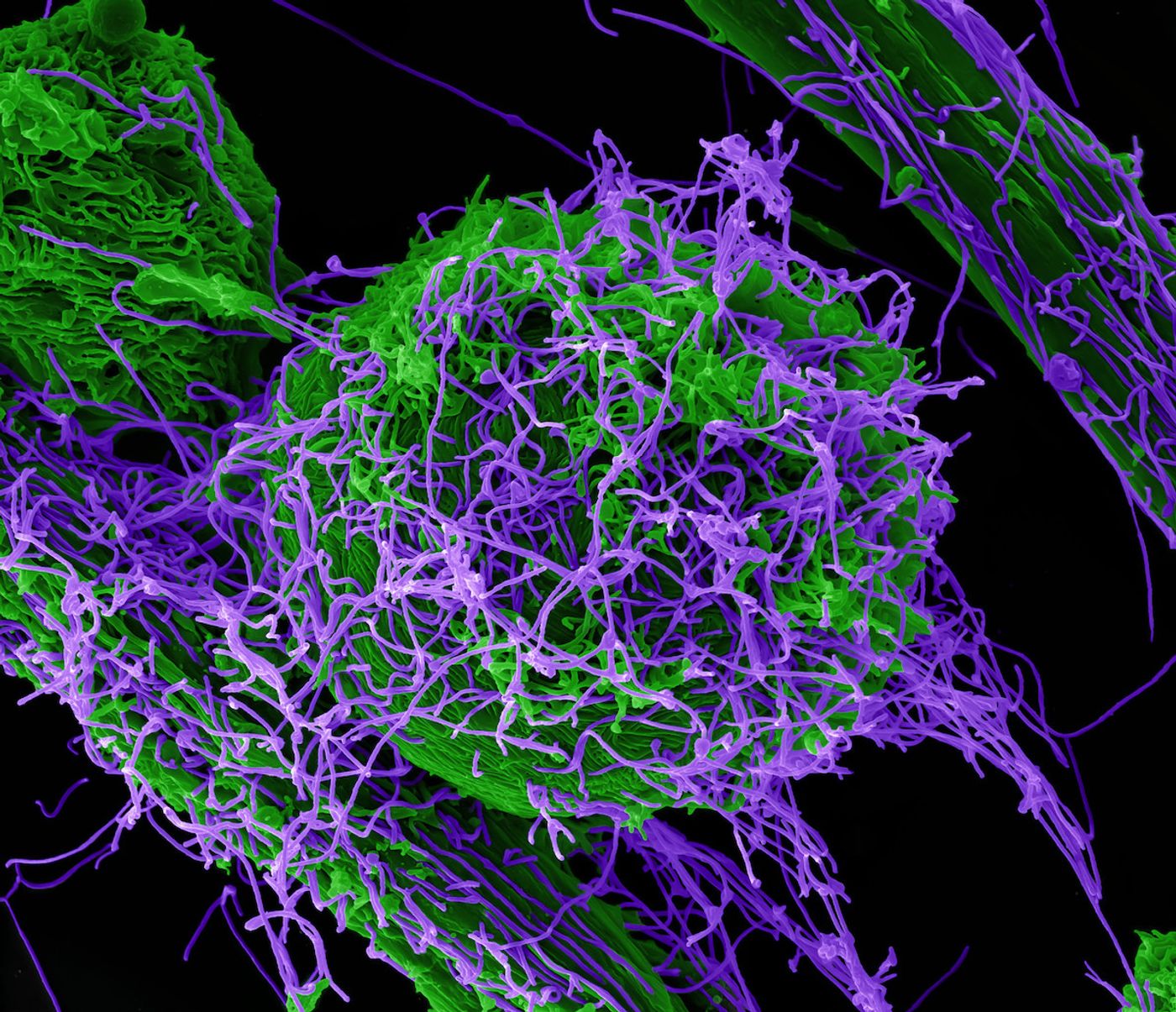In a First, Bat Stem Cells Created to Study Virus Ecology
In a first, scientists have used bat cells to create bat induced pluripotent stem cells (iPSCs), which can now serve as a tool to study the connections between bats and the viruses they host. Many viruses, including Ebola, Marburg, Nipah, MERS-CoV, SARS-CoV, and SARS-CoV-2 have been linked to different species of bats, even if other animals have acted as infection reservoirs. Bats are known to harbor more viruses than other mammals, and bats themselves are the second most diverse order of mammals on Earth (after rodents). Even though we know that novel pathogens may emerge from bats to infect humans, bat virus ecology has been poorly understood. This model can help change that.
Researchers can now use bat iPSCs to learn more about the growth and spread of viruses that bats carry. Bats also have special characteristics that enable them to carry these viral reservoirs without getting sick, and this model may help us understand how they defend themselves from disease. The work has been reported in Cell.
The scientists used cells from the wild greater horseshoe bat (Rhinolophus ferrumequinum), the most common asymptomatic host of coronaviruses, including relatives of SARS-CoV-2, to create induced pluripotent stem cells. These cells are made by changing the expression of a few genes of skin or blood cells, such that they resemble newborn stem cells. The bat iPSCs can be used to generate any other bat cell type.
Bat iPSCs were compared to iPSCs from other mammals, revealing a unique biology, noted study co-author Adolfo García-Sastre, Ph.D., a Professor of Medicine and Director of the Global Health and Emerging Pathogens Institute at Icahn Mount Sinai. "The most extraordinary finding was the presence of large virus-filled vesicles in bat stem cells representing major viral families, including coronaviruses, without compromising the cells' ability to proliferate and grow. This could suggest a new paradigm for virus tolerance as well as a symbiotic relationship between bats and viruses."
This study has suggested that bats have certain biological mechanisms that allow them to tolerate many viral sequences, and bats could be more entwined with viruses that we knew, noted senior study author Thomas Zwaka, MD, Ph.D., a Professor at the Icahn School of Medicine at Mount Sinai. Bats can survive the presence of viruses that often kill humans, such as Marburg, which may be due to a modulation of their immune response, added Zwaka.
This study could help researchers answer some crucial questions, and protect humans from emerging viruses; we may be able to use tactics like those in bats to prevent viral infection or illness. Ultimately, it could help scientists learn why bats hold a unique position as viral reservoirs, noted Dr. García-Sastre. "And that knowledge could provide the field with broad new insights into disease and therapeutics while preparing us for future pandemics."
Bat stem cell research will "directly impact every aspect of our understanding of bat biology, including bats' amazing adaptations of flight and ability to locate distant or invisible objects through echolocation, the location of objects reflected by sound, as well as their extreme longevity and unusual immunity," Zwaka concluded.
Sources: The Mount Sinai Hospital, Cell









